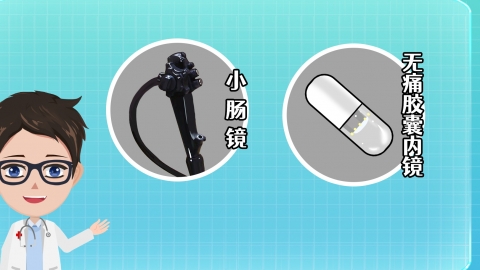Can a colonoscopy detect internal hemorrhoids?
Colonoscopy can detect internal hemorrhoids, clearly revealing their location, size, number, and mucosal condition, while simultaneously screening for other intestinal lesions. If you experience rectal bleeding, anal heaviness accompanied by abdominal pain, or changes in bowel habits, it is recommended to seek medical evaluation promptly.

Internal hemorrhoids are located at the distal end of the rectum near the anus. A colonoscope can be inserted through the anus into the rectum and colon, providing a direct view of the morphological features of internal hemorrhoids—such as presence of congestion, edema, erosion, or bleeding points. Additionally, colonoscopy helps rule out other conditions that may mimic internal hemorrhoids, such as colorectal cancer or polyps, thereby preventing missed or incorrect diagnoses.
Colonoscopy is especially important for individuals with long-term rectal bleeding, recurrent prolapse of internal hemorrhoids, or those whose bleeding is accompanied by mucus discharge or abnormal bowel frequency. It not only confirms the diagnosis of internal hemorrhoids but also assesses the severity of the condition, providing accurate guidance for subsequent treatment decisions, including medication or surgical intervention.
Prior to colonoscopy, patients must follow instructions for bowel preparation and avoid high-fiber foods. After the procedure, mild bloating may occur; light physical activity can help promote gas expulsion. For a short period following the exam, diet should primarily consist of light, easily digestible liquids or semi-liquids to minimize irritation to the intestines.




